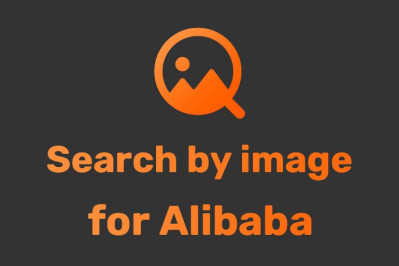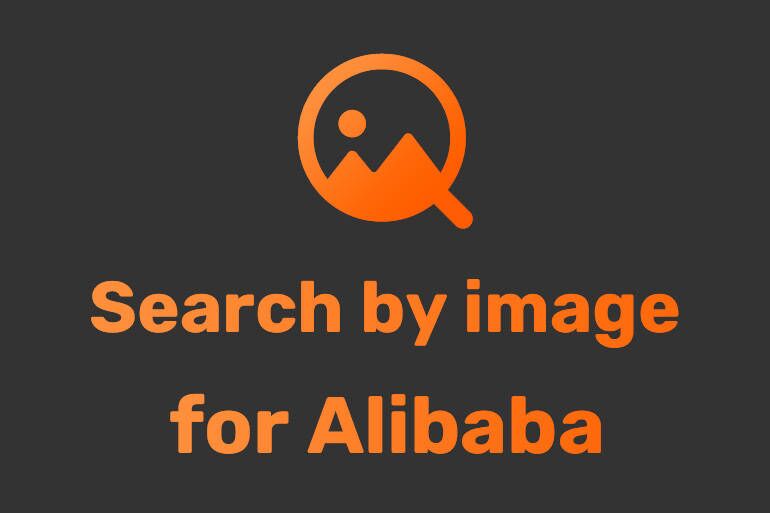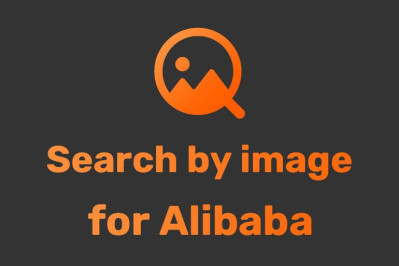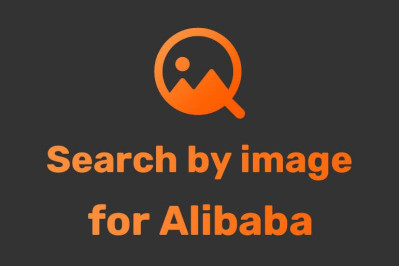

How to Import from China: Pros, Cons, and Tools for Online Success
Importing products from China has become a game-changer for online sellers. The country’s vast manufacturing capabilities and cost-effective production processes make it an attractive option. However, like any business strategy, importing comes with its challenges. This article breaks down the advantages and potential pitfalls of importing from China and introduces a powerful tool that simplifies the process: AliPrice Search by Image for China Import.
Let’s dive in and explore how you can make the most of importing from China while avoiding common roadblocks.
The Pros of Importing from China
1. Cost-Effective Sourcing
China is renowned for its competitive manufacturing costs. By sourcing products from Chinese suppliers, you can significantly reduce your inventory expenses and increase profit margins.
Bulk Discounts: The more you buy, the lower the per-unit cost.
Affordable Labor Costs: Lower production costs translate to better pricing for your business.
2. Extensive Product Range
From electronics to fashion, China offers a massive variety of products. Whether you’re targeting a niche market or chasing hot trends, you’re sure to find what you need.
3. Customization Options
Many Chinese suppliers offer OEM (Original Equipment Manufacturer) services, enabling you to customize products with your branding and meet specific market demands.
4. Access to Global Trade Platforms
Platforms like Alibaba, AliExpress, and 1688 allow you to connect with verified suppliers, compare options, and manage transactions from anywhere in the world.
The Cons of Importing from China
1. Quality Control Issues
Ensuring consistent product quality can be challenging, especially when working with new suppliers.
Inspections Needed: Consider third-party quality control services to mitigate risks.
Sample Testing: Always request samples before placing large orders.
2. Long Shipping Times
Shipping products from China to your location can take weeks, depending on the shipping method.
Customer Expectations: Long delivery times may affect customer satisfaction.
Logistics Challenges: Delays due to customs or unforeseen issues can disrupt your supply chain.
3. Import Taxes and Regulations
Importing involves compliance with customs regulations, duties, and tariffs, which can add to your costs.
Hidden Fees: Be prepared for additional charges, such as customs brokerage fees.
Documentation: Make sure all paperwork is accurate and complete.
4. Communication Barriers
Language differences and time zone challenges can make communication with suppliers tricky. Clear, concise communication is key to avoiding misunderstandings.
Simplify Your Import Process with AliPrice Search by Image
If you’re looking for a way to streamline importing from China, the AliPrice Search by Image for China Import plugin is a must-have. This tool is designed to make your importing experience easier and more efficient.
Key Features:
Search for Identical Products Across Multiple Platforms
Easily compare similar products across platforms like Alibaba and Taobao to find the best deals.Image Download, Translation, and Link Copying
Simplify your workflow by translating product details, downloading images, and copying links with a single click.Product Research and Data Export
Once you’ve found identical products, analyze them based on:Total sales
Final price (including shipping and discounts)
Minimum order quantity
Dropshipping availability
Export all data to Excel for easy comparison and sorting.Keyword Analysis Tool
Copy dropdown keywords for effective SEO optimization or listing creation.
Click here to try AliPrice Search by Image for China Import today!
#Import from China #Import China Goods #China Import Solutions #Sourcing From China #Buy From China #China Trade Import #Import From China To Your Country #China Products Import #China Wholesale Import #Import Business China #China Import Export
























Log In Or Register To Add a Question